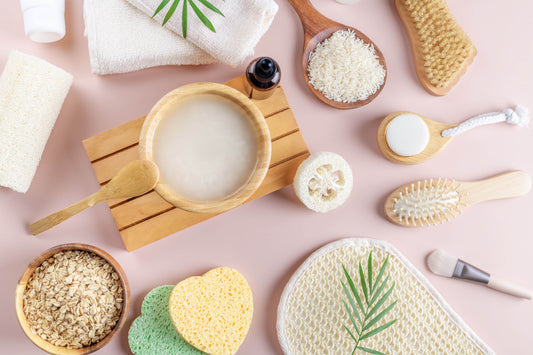Fermentation in Cosmetics: From Ingredient Selection to Stable, Claim-Ready Formulations

Package Includes
6 month access to Course Recording, Presentation Slides, Q&A Transcript
Course Description
Fermented oils and botanical extracts are everywhere, but many teams still struggle to tell what fermentation actually changes, how to integrate these actives without destabilizing formulas, how to design with authentic colour and aroma (instead of fighting them), and how to turn efficacy data into claim-safe and sustainability-grounded stories that will hold up with RA/QA.
In this masterclass, expert Priscilla builds a practical path from fundamentals to execution. You’ll learn where fermentation truly helps (and where it doesn’t), how to choose between fermented oils vs. botanicals, how to design sensorials that embrace natural colour/aroma, how to read efficacy data (incl. a bisabolol comparison), and how to integrate these actives using supplier guidelines, then link your choices to measurable sustainability metrics and compliant claims.

Priscilla Rolvers
Why should you view this course?
Who should join this course?
-
This course is suitable for intermediate level proficiency
Intermediate
Questions you will be able to answer after this course:
Course Outline
Prerequisites for this course


